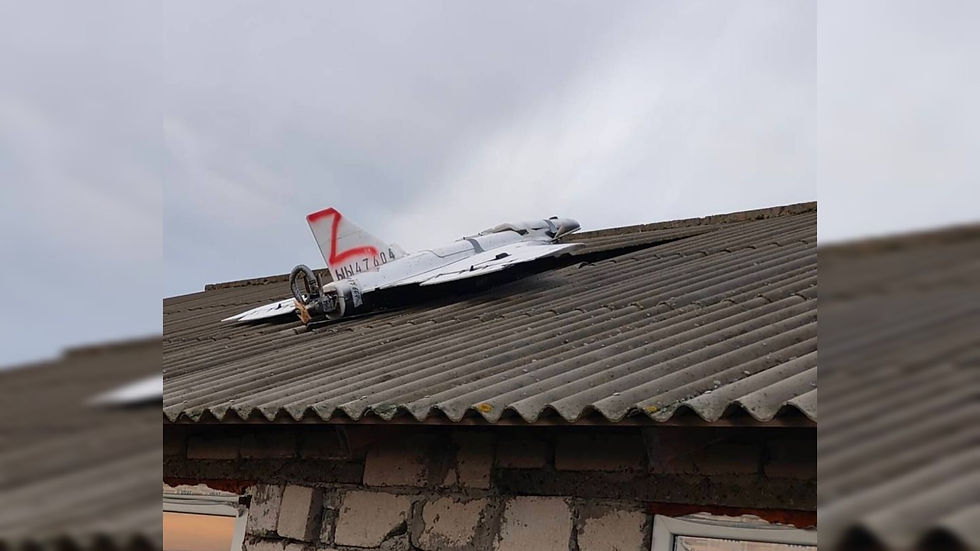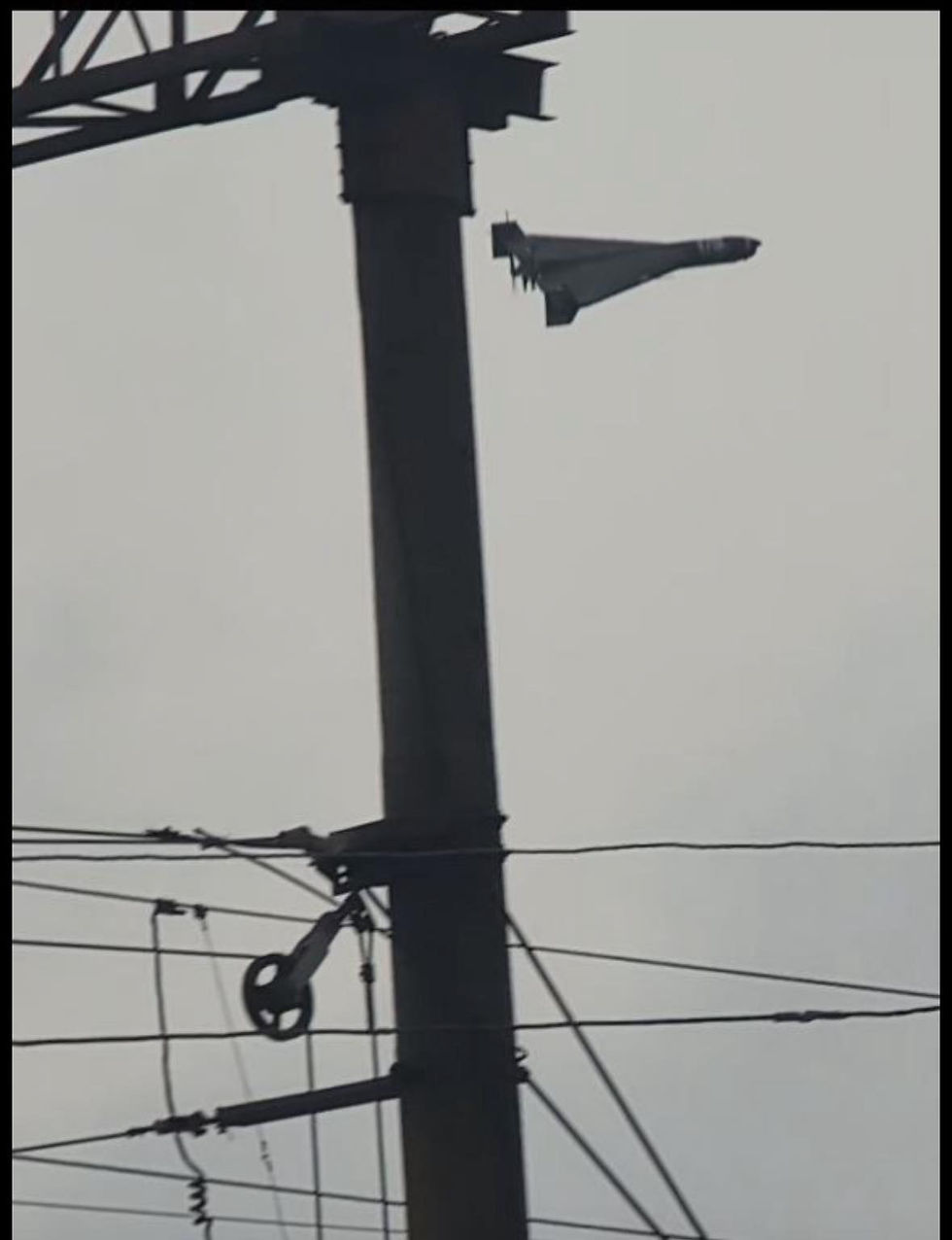Europe’s Defense Spending Puzzle Can Pay Huge Dividends
- Res Publica

- Apr 23
- 5 min read
Can Europe double the number of main battle tanks and triple its nuclear submarine force at a much-reduced unit price? Yes, and here’s how.

French and Spanish soldiers train together as part of their deployment with NATO Battlegroup Romania / Source NATO French Contingent Public Affairs
Compared to first-rate military powers, European countries are small. Simple approximations (adjusted for local spending power) show the continent’s militaries are short of major military assets.
Tanks, advanced combat planes (4th or 5th generation fighters), submarines, and aircraft carriers all showcase Europe’s comparable weakness. In sum, Europe spends about $300bn on defense, just above a third of the US annual outlay.
Europe has about 5,000 main battle tanks across the continent, but many are old, many are not operational, and they consist of a constellation of Leopards, legacy Soviet systems and their derivatives (e.g. the T-72, PT-91), Arietes, and Leclercs.
Europe has over 1,000 advanced combat planes, likewise consisting of various platforms at various readiness levels (e.g. the Eurofighter, F-35, Gripen, Rafale). Many EU countries don’t operate submarines at all, there are under 60 subs spread across EU operators. Most glaringly, the EU only has one conventional aircraft carrier – the French nuclear-powered Charles de Gaulle. The Spanish Juan Carlos is a repurposed amphibious assault ship, the Italian carriers are smaller VTOL (vertical take-off and landing) carriers.
In contrast, China has up to 6,000 main battle tanks, a growing fleet of 60-plus submarines, perhaps up to 1,600 advanced combat planes, and will soon field three conventional aircraft carriers.
Although many EU countries have realized their military capabilities leave much to be desired and are allocating greater resources towards defense, the smorgasbord of different platforms and piecemeal efforts means a lot of money will be wasted.
Every vehicle, plane, and ship requires its own set of technical experts, logistics, and administration to enable their development and maintenance.
European countries often support national champions. But because individual EU countries are relatively small, the military assets to be purchased will almost always be expensive and limited in number. For instance, the French Leclerc tank costs approximately 20-50% more per vehicle to manufacture than an American M1 Abrams, and its production line was previously closed. This lack of scale makes weapons systems not only more expensive to governments and potential export markets, but also makes it difficult to increase output amid uncertain and volatile order books.
Europe could benefit immensely by integrating its procurement process and standardizing major military assets.
Capabilities are similar across high-quality Western platforms; there is little material tradeoff from fielding a Leopard II tank instead of a M1 Abrams, but there are major tradeoffs in terms of upfront costs, development, logistics, and upkeep. What if every European nation used the same main battle tank? Can the Polish army not use the Leopard II tank instead of the Korean K2 tank that it has ordered? Can the Italians not use the Eurocopter Tiger?
What if aircraft carriers were purchased from a central source and allocated to individual states? By creating a single mass procurement approach, EU countries would reap the same benefits of scale across nations as the US without compromising sovereign command structures.
This should not be an EU-only project. The UK has every significant capability in naval ship and submarine building, combat aircraft design and construction, and in many advanced technologies. Norway and Turkey likewise have much to offer. And US firms with a long history in European defense could also be involved (assuming the political will exists).
Common and standardized procurement would have a major impact on military asset numbers. A simple model based on the EU’s PPP-adjusted GDP, assuming overall defense spending of 3% of GDP, assuming the same asset prioritization as the United States, and that the EU benefited from the same scale and costs (and major inefficiencies) as the United States, suggests the EU could field a total of 5,000 modern main battle tanks, over 2,000 advanced combat planes, nine-10 conventional aircraft carriers, and 50-70 nuclear-powered submarines (as opposed to the current UK-French total of 19 such vessels).
By dividing these platform sums across EU countries by relative economic size, after accounting for the potential increase in major platforms, should every country meet a 3% of GDP on defense target, highlights how every European nation would benefit immensely from central procurement.
Germany, for example, would experience a net gain of nearly 600 modern tanks over its potential inventory number; France and Italy could field another 250-300. Germany might operate two nuclear carriers, 200 new combat planes, and gain 10 nuclear-powered submarines (it has never possessed such vessels to date).
Poland could also operate a conventional carrier (if it wanted one), an additional 100 advanced combat aircraft, and several additional submarines. While these back-of-the envelope calculations are simply estimations, they do suggest the massive potential scale an integrated approach can yield.
To ensure that jobs are not lost from this effort, manufacturing and maintenance should be spread across European countries. If, say, a Belgian assault rifle design is adopted as the EU standard, manufacturing should also take place in countries with existing competencies like the Czech Republic and Poland. Spreading logistical networks would also improve supply chain resilience and redundancies. Should Poland be occupied in a war, the Czech Republic would still be able to generate output.
A central European defense procurement initiative can foster more than cost savings. Tying defense capabilities into a common framework gives individuals a greater stake in Europe’s continued success. Standardizing equipment means EU nations can seamlessly use one another’s parts and ammunition and gain enormous maintenance efficiencies.
Indeed, if one country has a shortfall or urgent need, partner states are more readily capable of lending equipment and manpower. Joint procurement and EU-centric defense industrial projects will reduce reliance on external suppliers, strengthening Europe’s ability to act independently and reducing vulnerability to external geopolitical disruptions. Centralized procurement will promote combined research and development programs — pooling scientific talent and reducing redundant efforts across nations. Larger collaborative ventures can deepen trust and cooperation among EU member states.
Europe’s geopolitical positioning and defense strategy is undergoing a historic change. Allocating the money to start rearming (which it has agreed) is just the start. A continent-wide standardized procurement approach to rearmament would be a major contributor to a continent-wide security policy.
Pooling resources is the most efficient approach to scale. Just as its founders foresaw, by banding together, European countries can achieve lasting peace and promote the common good.
By Nathan Decety. Nathan Decety is a macroeconomic strategy consultant and a captain in the US Army. Article first time published on CEPA web page. Prepared for publication by volunteers from the Res Publica - The Center for Civil Resistance.





Comments